W. Avery & Son Needle Factory
The Factory Building
In March 2015, May 2017 and February 2018 photographs of the W. Avery & Son needle factory in Headless Cross, UK were located. These were provide to this website by Raymond McLaren of Headless Cross, Peter Harris of Webheath and Jo-An Gloger of the Forge Mill Needle Museum in Redditch, UK. Ray is a fellow historian who is researching the fishing tackle manufacturers from the Redditch area and Peter is a local historian. Although we do not have the exact dates when all of these photographs were taken, we know it was prior to the 1980 as the building was demolished in the 1970’s. A senior living complex of 38 one and two bedroom bungalows known as Stonehouse Close was built on the site in 1989. The road also named Stonehouse Close is roughly where the main entrance to Avery's factory was once located. In 2015 several of these photographs were shared with Chris Jackson, a stamp collector and longtime resident of Headless Cross, and he confirmed that these photos are of the old Avery factory. According to records at the Worcestershire Records Office, after Mr. William Avery died, the building was sold by his sons around 1900 to John English & Sons, another Redditch area needle manufacturer. In turn, English sold the property to the Heath Spring & Notion Co. Ltd in 1913. According to Jo-Ann Gloger, Keeper of Collections at the Forge Needle Museum in Redditch, records in the Forge Mill Collection indicate the Avery needle factory was sold to H. Milward & Sons in 1899 and in 1902 John English merged with Milward. Their records also indicate the factory was sold to Heath Spring in 1911.
While reviewing these photographs and comparing them to the drawing of the Avery factory on page 13 of the book “My Avery Needle Case Collection”, I noticed an error in the floor plan drawing. The graphic artist who created this drawing based it on the original floor plan documented in 1883 which is available at the Worcestershire Records Office. Unfortunately an error was made and one of the windows was inadvertently missed. As a result the drawing in my book is inaccurate and implies that the building in the photographs is not the same building based on the placement of windows and doors on the ground floor. The original 1883 floor plan is included below which clearly shows a central gateway with four windows on the left side and a door and three windows on the right side of the entrance which is identical to the building in these photographs.
A big thank you goes to Alan Foxall, Vincent Green and Peter Harris for saving or taking these photographs, to Raymond McLaren and Peter Harris for sharing them with us, to Chris Jackson for verifying this building is the one he remembers as the Avery factory on Birchfield Road in Headless Cross and to Jo-Ann Gloger and Ches at the Forge Museum for sharing additional information with us.
In May 2019 Ray McLaren sent me a copy of page 15 of the Redditch and District Illustrated Business Review directory published in 1923 which contained a drawing of the Avery factory which was then owned and operated by Heath Srpings. A special thank you goes to Ray for sharing this with us.
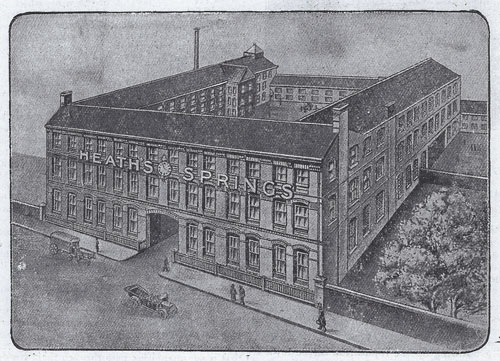
Avery factory. 1923 drawing from the Redditch and District Illustrated Busines Review.
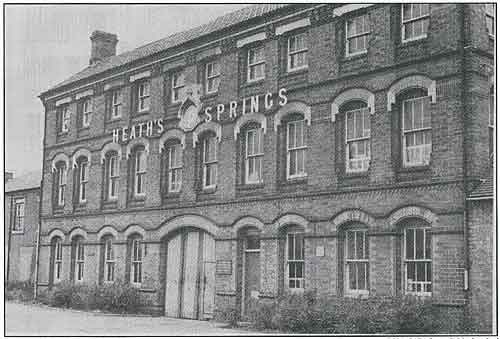
Avery factory. Photograph from Alan Foxall's collection.
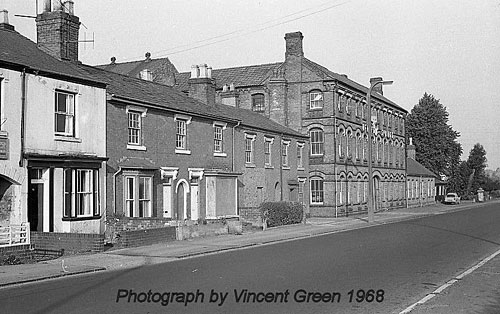
Avery factory. Photograph by kind permission of Anthony Green.
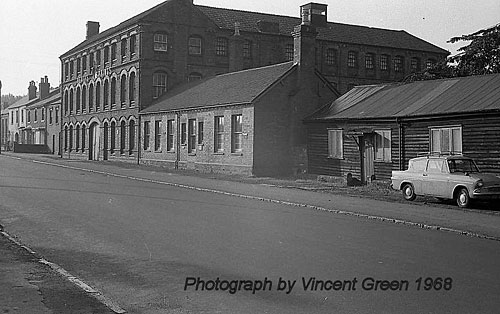
Avery factory. Photograph by kind permission of Anthony Green.
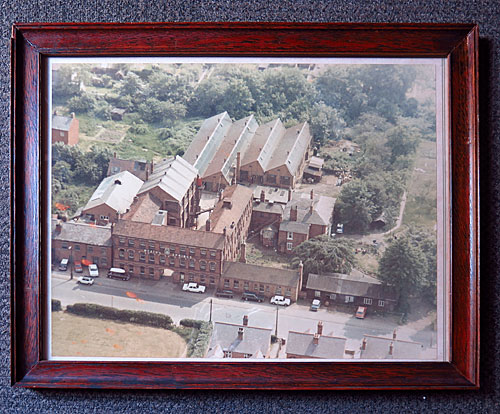
Aerial photograph of the Avery factory from the Forge Mill Needle Museum.
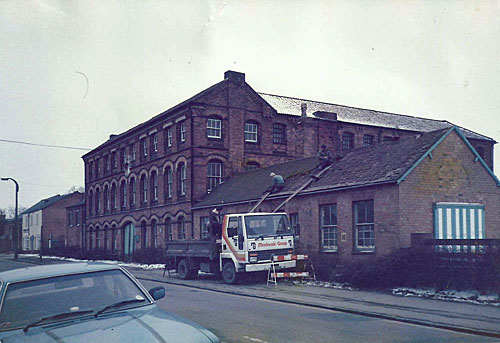
Avery factory. Photograph taken by Peter Harris of Webheath at the beginning of demolition in the 1970's.
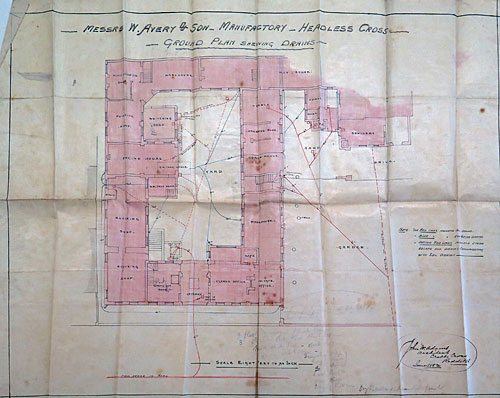
1883 W. Avery & Son needle factory floor plan from the Worcestershire Records Office.
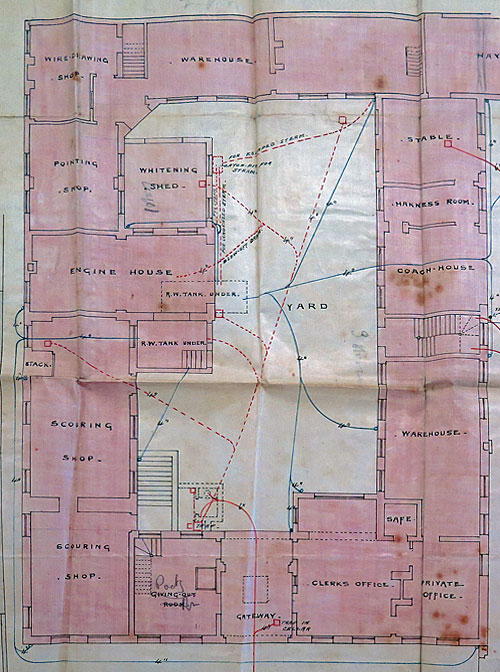
1883 Detail of the W. Avery & Son needle factory floor plan from the Worcestershire Records Office.
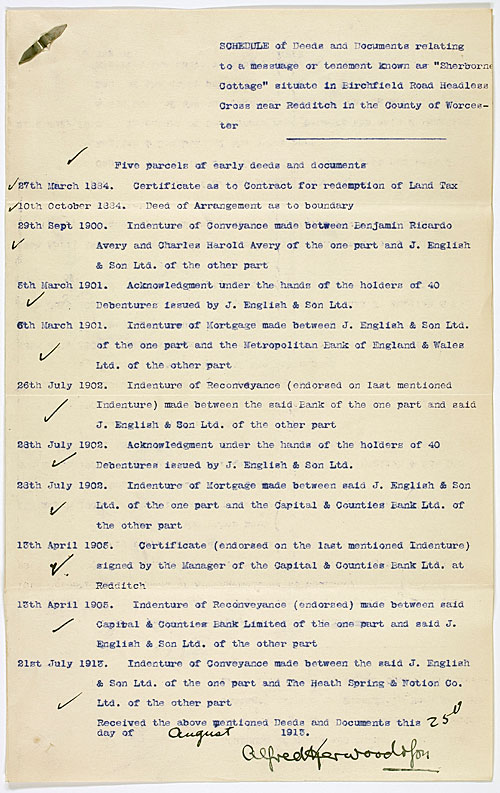
1913 Schedule of Deeds from 1884-1913 from the Worcestershire Records Office.
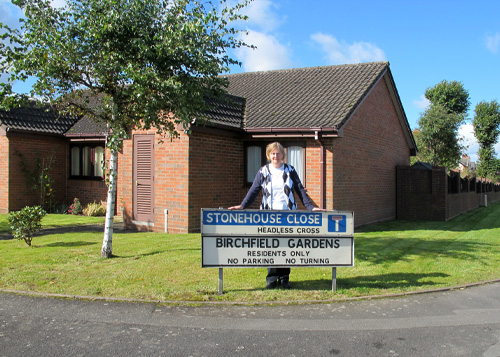
Terry Meinke at Stonehouse Close on Birchfield Road, Headless Cross in 2012.
Historical Maps of the Factory Area
The building in the photographs above seems a bit large for W. Avery & Son who was a small needle manufacturer during the second half of the 19th century. How could Avery have had such a large building? Perhaps he didn’t. Raymond McLaren has done substantial research on the needle and fish hook manufacturers of the Redditch area. He has documented many examples of needle factories built in the 19th century with rectangular windows with arches at the top, a common design element of that period. Raymond suggests the Avery factory might originally have been constructed with only two floors since the two lower floors have arch-shaped windows whereas the ones on the top floor are rectangular with flat tops. This seems to indicate the third floor was added at a later date. Another explanation could be that a fire destroyed part of the building which had to be rebuilt leading to the addition of the third floor. Ches at the Forge Needle Museum says there was a major fire at the Avery factory in 1917 which started in the boiler house.
Historical maps available at the website www.old-maps.co.uk give us clues to how the factory changed over the years. By comparing each map to a later version we can see how the building was modified. There don’t appear to be any changes from 1884 to 1904, the time period in which Avery owned the building. Raymond believes the smaller building attached to the lower left side of the factory, partially surrounded by trees and a fountain, could be William Avery’s home named Sherborne Cottage. This seems logical since many other area needle manufacturers had their private homes next to or attached to their factories. Sherborne Cottage was described in detail in a 1911 sale catalogue as follows:
“The Freehold Family Residence, approached by Carriage Sweep from Birchfield Road, belted with Timber, Trees and Shrubs, known as “Sherbourne Cottage” containing six Bedrooms, two Dressing Rooms, W.C., Vestibule, Hall, Dining and Drawing Rooms of good proportions with Verandah, Small Library, two Kitchens, Pantry and Cellar, two Paved Yards, W.C. and usual outbuildings, together with Greenhouse, tastefully laid out Lawn, Gardens and Pleasure Grounds, well stocked with Fruit Trees and choice Shrubs, containing in the whole 6,239 square yards (note: 18,717 square feet). Special attention is called to this valuable property and the large quantity of land, near an acre-and-half, which would make a very nice building estate.”
Between 1904 and 1927 another structure was added to factory on the upper left side next to the street, this appears to be the one story building in the photograph above with the truck in front of it. Also that year an opening was created in the back of the building perhaps to allow vehicles to transport supplies and merchandise in and out more easily. Finally by 1938 the factory was no longer listed as a needle factory but is clearly marked “Spring Works” a reference to what was being manufactured there. The map from 1966-67 includes a new oval shaped walkway or driveway on the left that leads from the street to the private residence portion of the complex. Sadly, when we look at the area today on Google Earth, other than the reservoir across the street, nothing remains of the original factory.
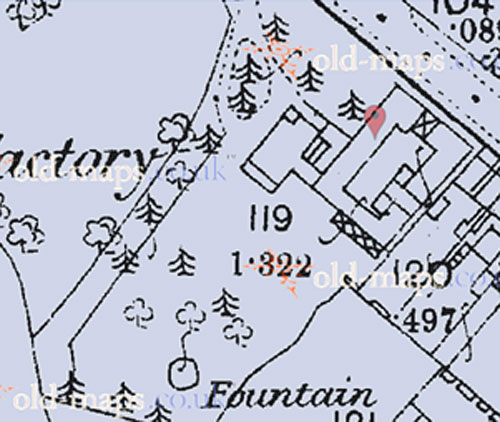
Detail of an 1884 map of Worcestershire from www.old-maps.co.uk
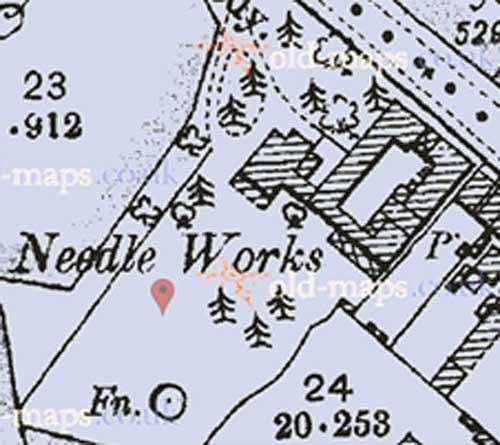
Detail of a 1904 map of Worcestershire from www.old-maps.co.uk
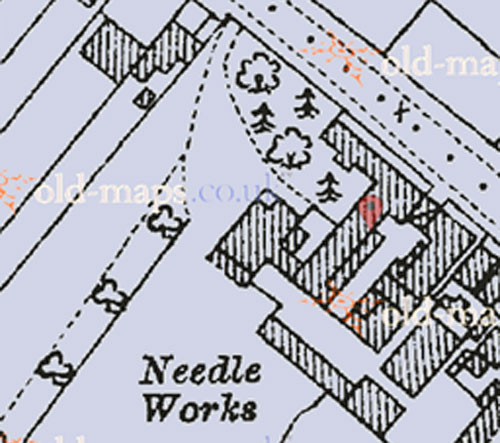
Detail of a 1927 map of Warwickshire from www.old-maps.co.uk
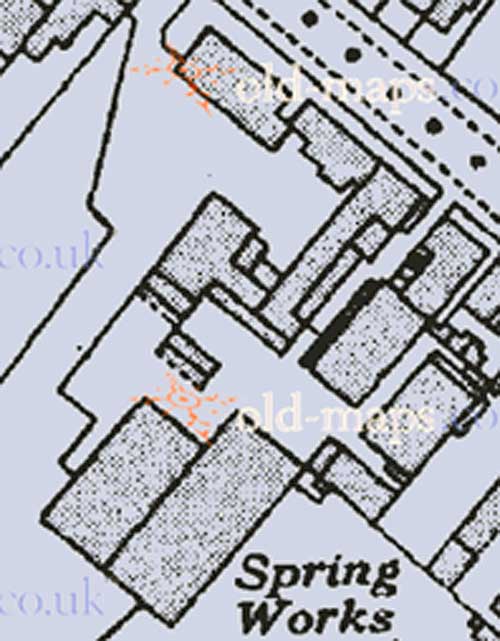
Detail of a 1938 map of Worcestershire from www.old-maps.co.uk
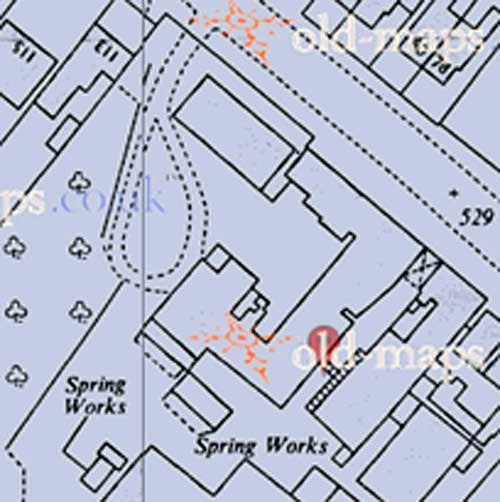
Detail of a 1966-67 map of Worcestershire from www.old-maps.co.uk
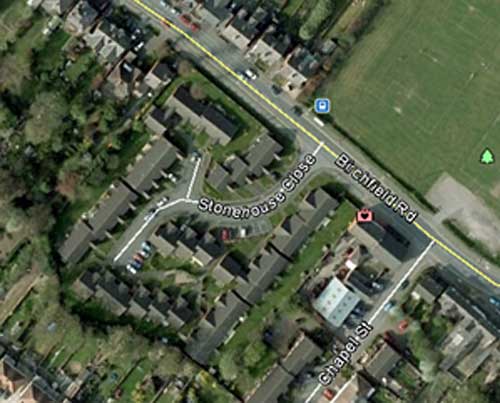
Detail from Google Earth in May 2015




